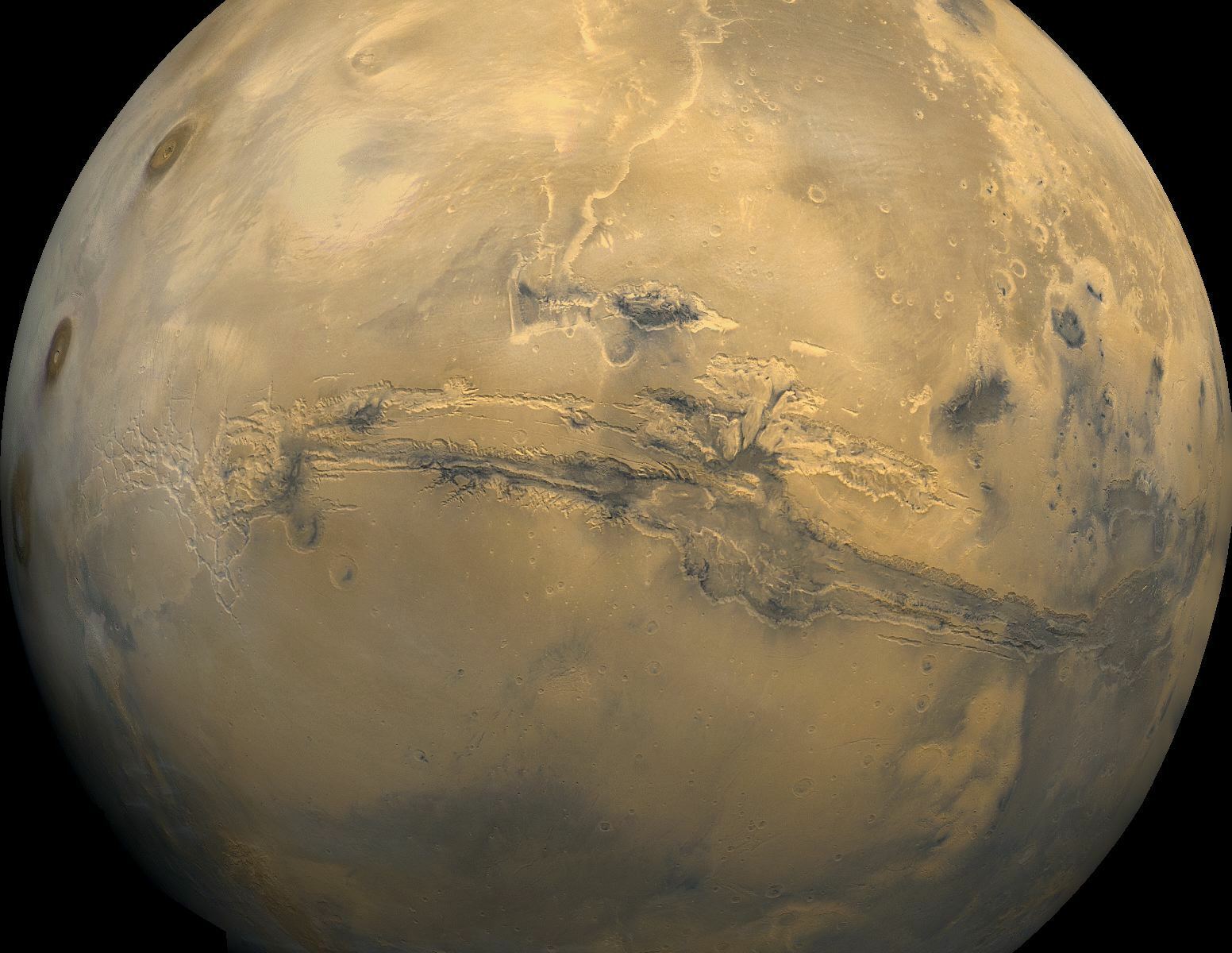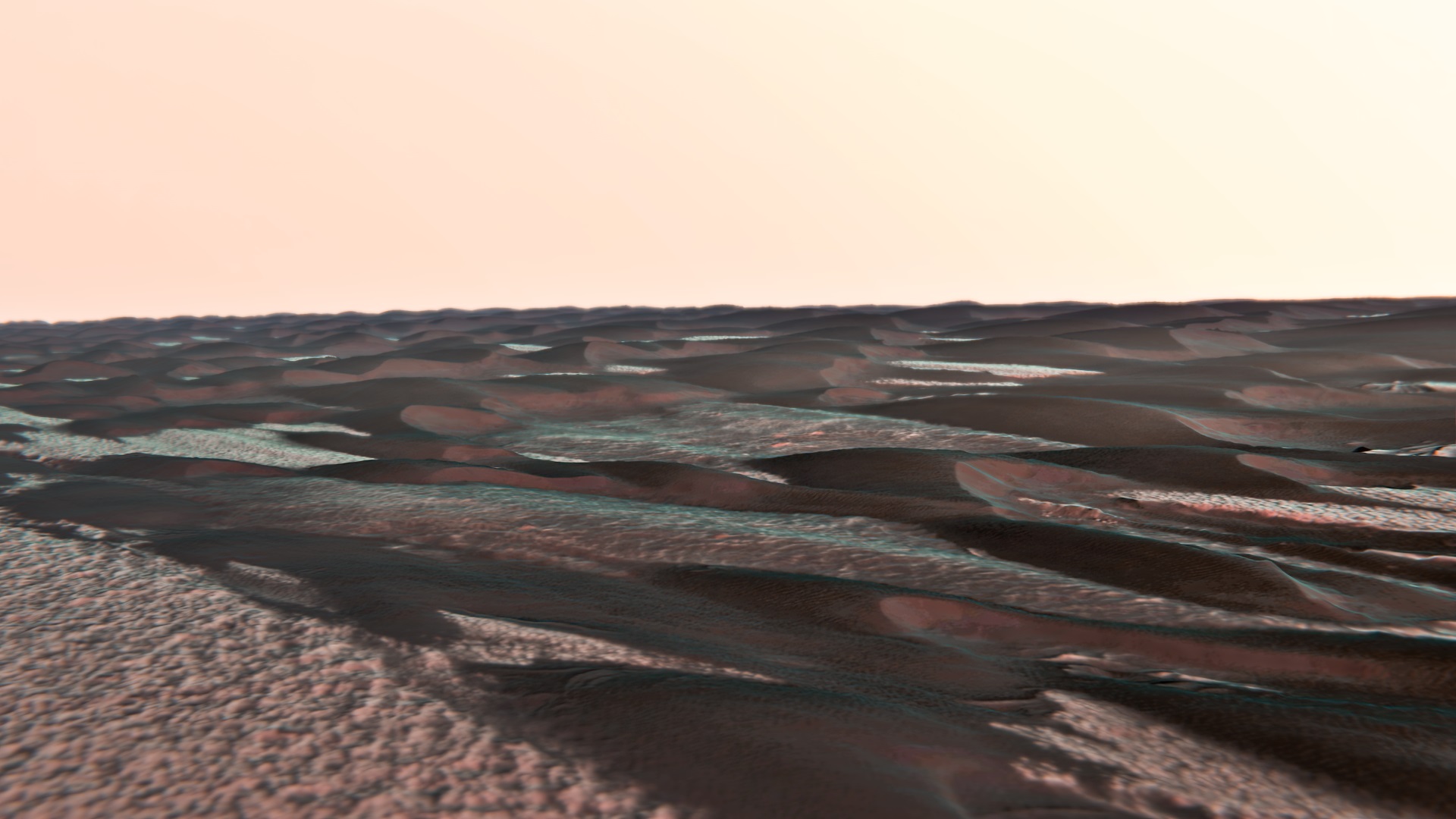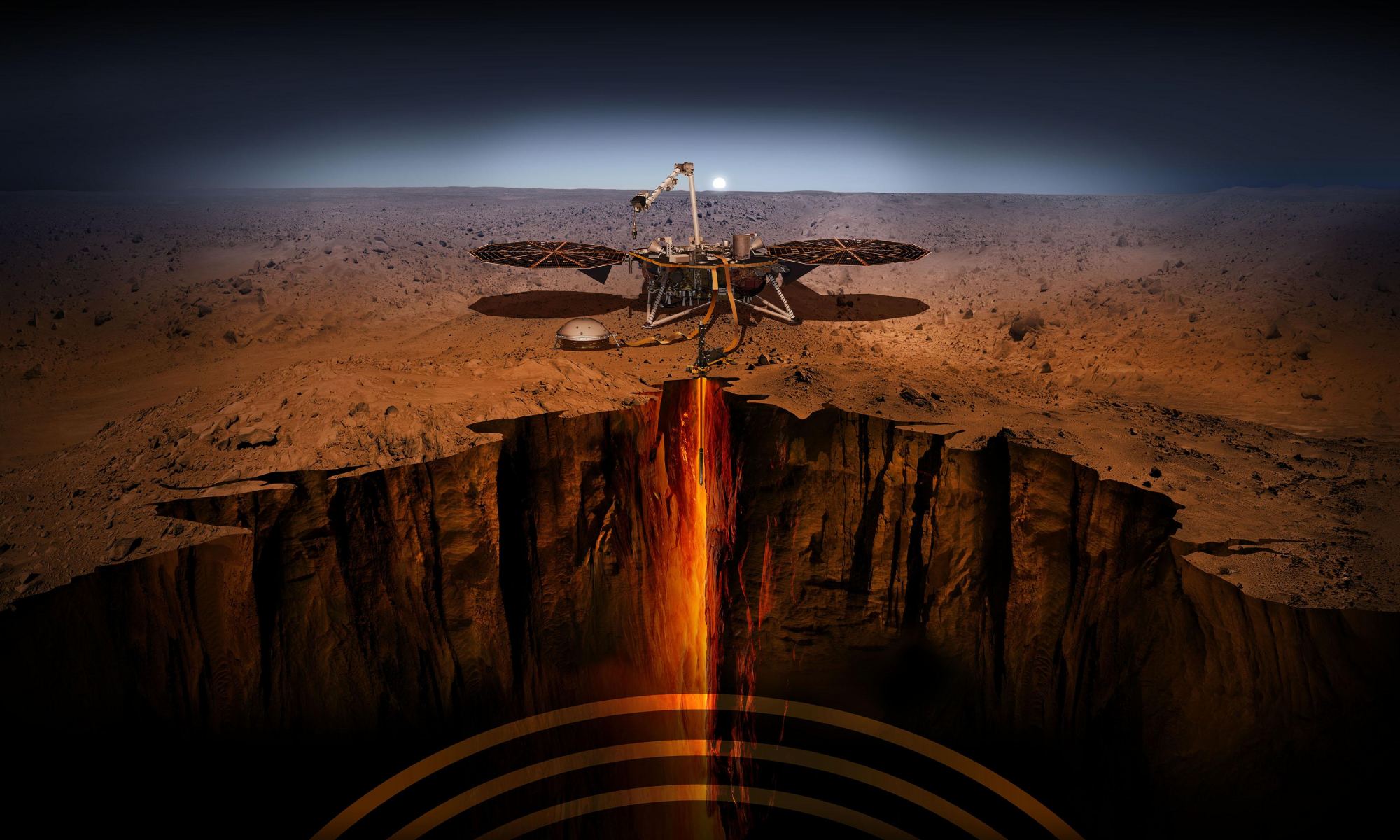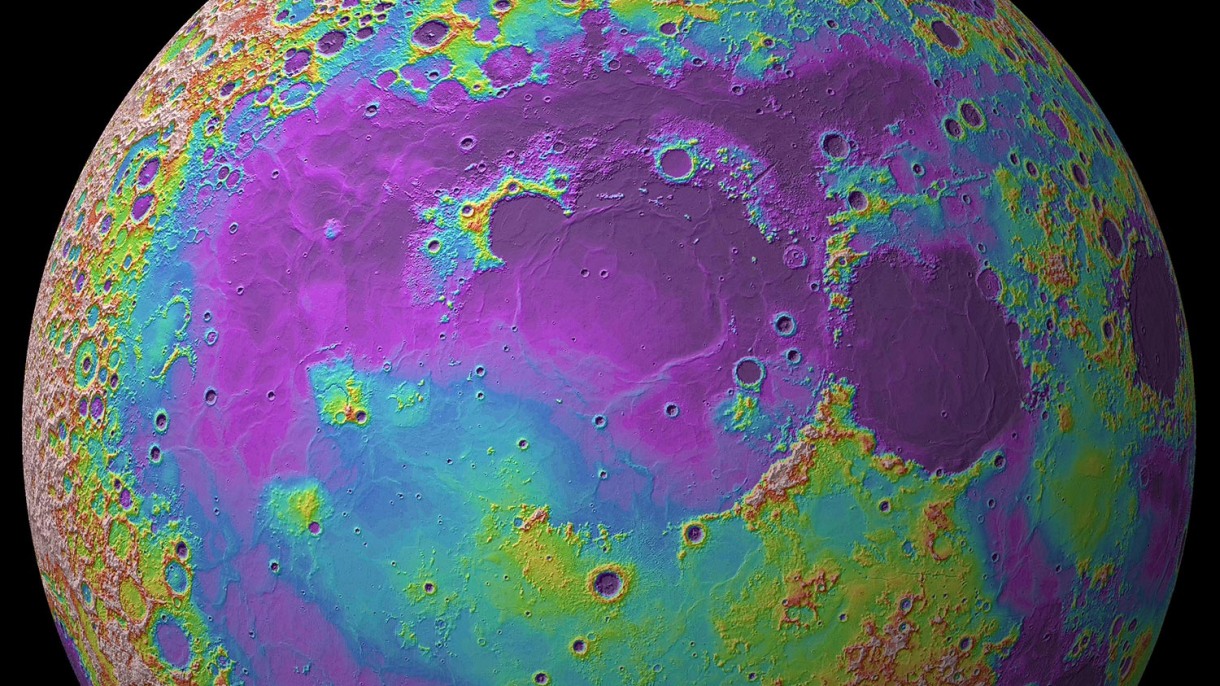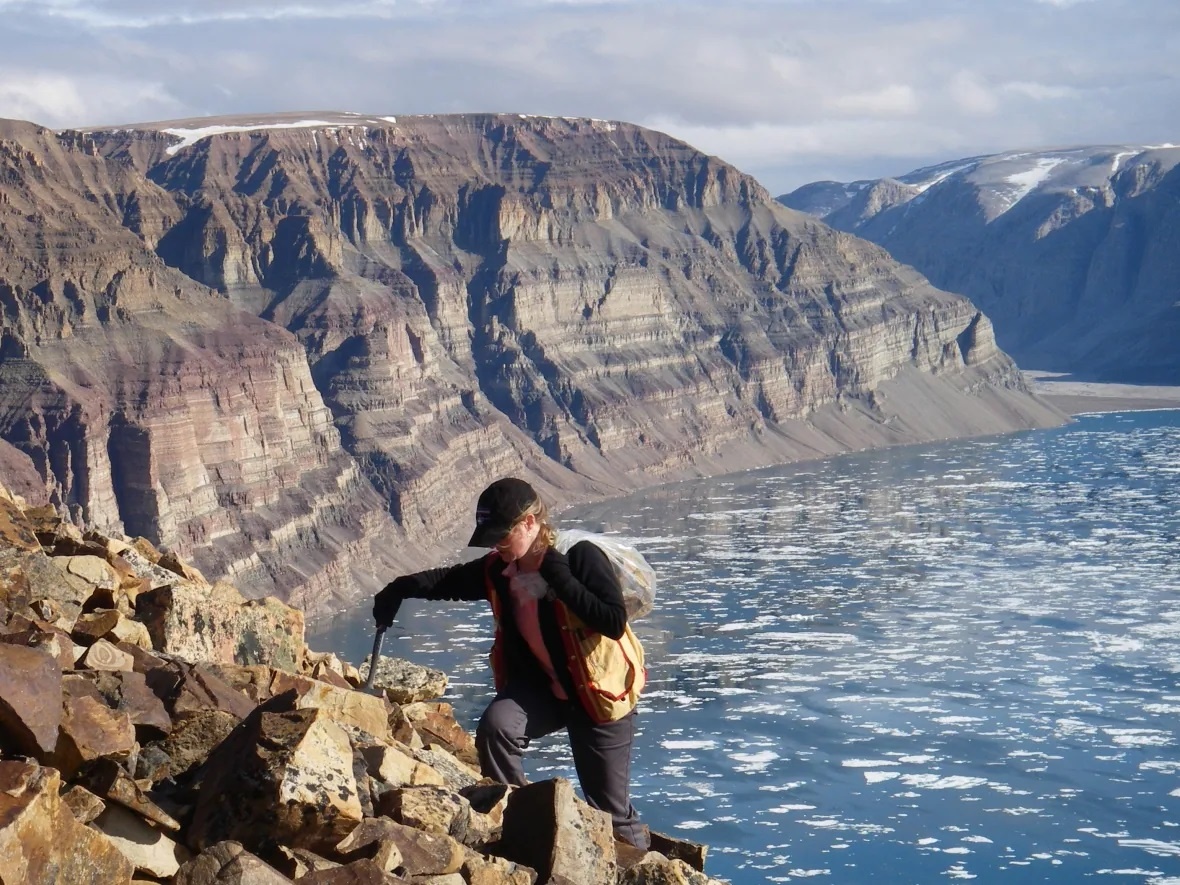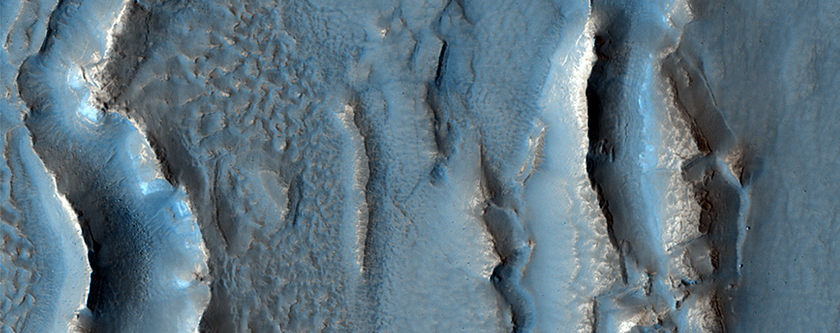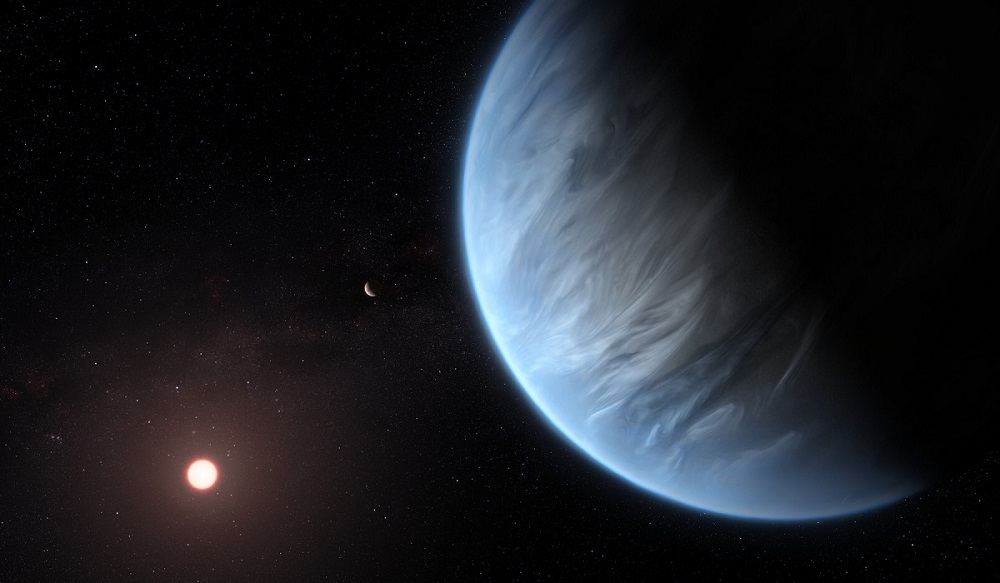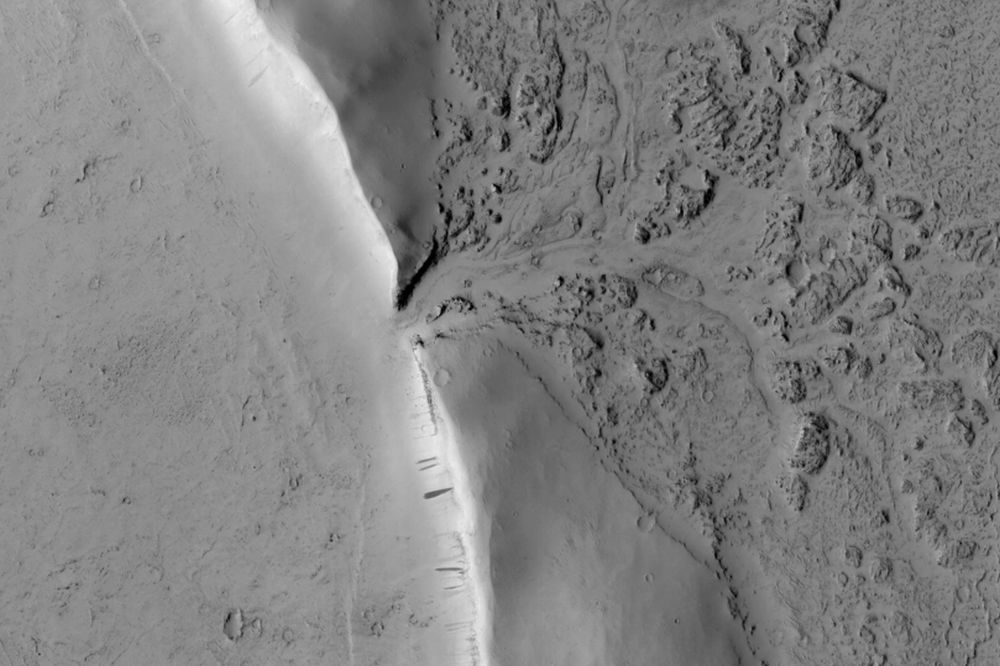According to the most widely accepted theories, evolutionary biologists assert that life on Earth began roughly 4 billion years ago, beginning with single-celled bacteria and gradually giving way to more complex organisms. According to this same evolutionary timetable, the first complex organisms emerged during the Neoproterozoic era (ca. 800 million years ago), which took the form of fungi, algae, cyanobacteria, and sponges.
However, due to recent findings made in the Arctic Circle, it appears that sponges may have existed in Earth’s oceans hundreds of millions of years earlier than we thought! These findings were made by Prof. Elizabeth Turner of Laurentian University, who unearthed what could be the fossilized remains of sponges that are 890 million years old. If confirmed, these samples would predate the oldest fossilized sponges by around 350 million years.
Continue reading “Animals Could Have Been Around Hundreds of Millions of Years Earlier Than Previously Believed”

